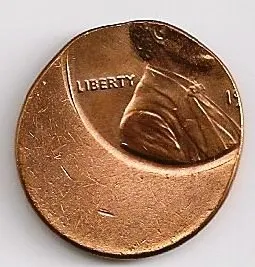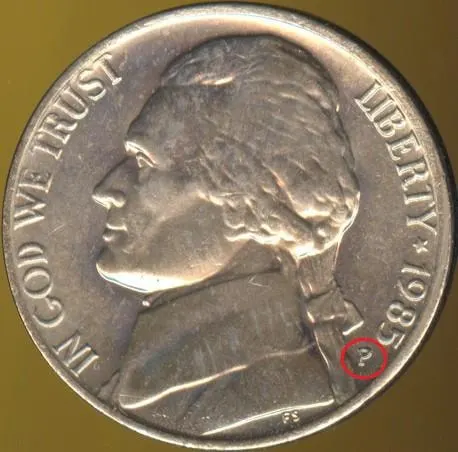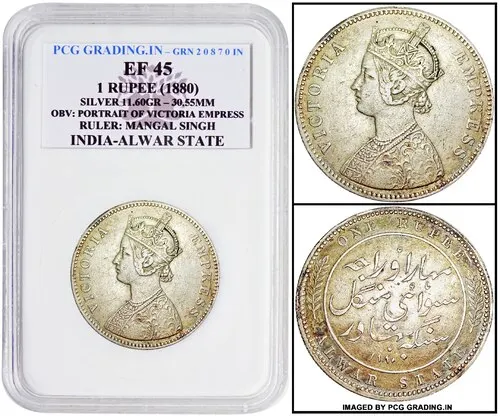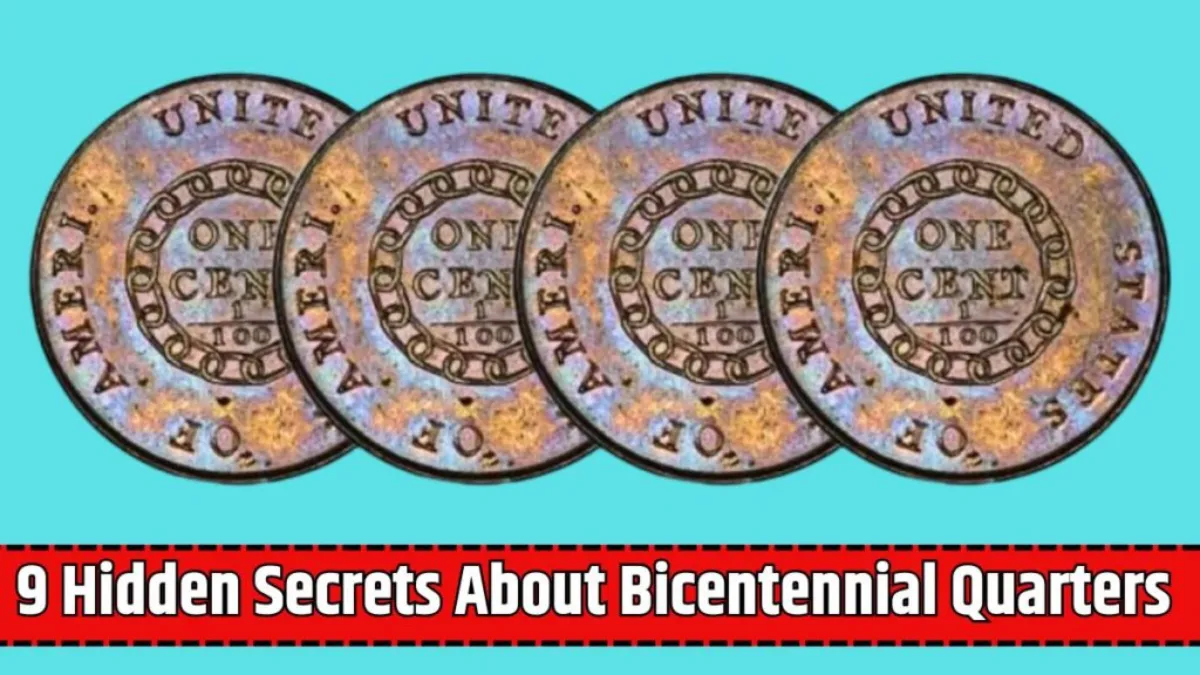Not all 1776–1976 Bicentennial quarters are created equal. Discover what makes some of these coins worth thousands and how collectors identify the most valuable ones.
Why the Bicentennial Quarter Still Turns Heads in 2025: The Bicentennial Quarter, minted in celebration of America’s 200th birthday, is one of the most iconic coins in U.S. history. With its distinctive 1776–1976 dual date and a special reverse design featuring a colonial drummer, it quickly became a collector favorite. But here’s the twist: most Bicentennial quarters are common and worth face value, while a select few are worth thousands even up to $10,000 or more.
So what makes some Bicentennial quarters so valuable? Let’s break down the secrets that separate everyday change from collector’s gold.
What Is a Bicentennial Quarter?
Issued between 1975 and 1976, the Bicentennial quarter was part of a national celebration marking 200 years since the signing of the Declaration of Independence. Instead of the usual eagle reverse, it features a drummer boy and torch surrounded by 13 stars, designed by Jack L. Ahr.
All of them display the 1776–1976 date there are no quarters dated 1975.
Factors That Make Bicentennial Quarters Valuable



1. Minting Errors and Variants
Some Bicentennial quarters have rare minting errors that make them highly desirable:
- Double Die Obverse (DDO): Lettering appears doubled, especially in “LIBERTY” or “IN GOD WE TRUST”.
- Off-Center Strikes: If the coin design isn’t centered.
- Clipped Planchets: Parts of the coin edge are missing due to a blanking error.
- Wrong Planchet Strikes: A quarter accidentally struck on a foreign coin blank.
Value Range: ₹10,000 to ₹80,000 depending on rarity and condition
2. Silver Composition Coins
Some Bicentennial quarters were minted in 40% silver, mainly for collectors as part of special proof and uncirculated sets.
- These were minted at San Francisco (S mintmark) and are heavier than regular quarters.
- Look for a gray edge with no visible copper strip.
Value Range (2025): ₹800–₹3,000 in uncirculated or proof condition
3. High-Grade and Graded Coins
Coins graded by PCGS or NGC as MS-67 or higher (mint state) can be extremely valuable due to their flawless condition.
Recent Sales:
- An MS-67+ 1976-D Bicentennial quarter sold for over $4,000
- A top-graded silver proof version sold for $6,500
4. Rarity of Certain Mint Marks
While Philadelphia (no mintmark) and Denver (D) quarters are common, certain San Francisco (S) silver versions are scarcer in high grades.
If yours is an “S” mintmark proof coin with a deep cameo effect, you may have something special.
How to Identify a Valuable Bicentennial Quarter
- Check for mint errors: Look at text doubling, off-center designs, or strange edges.
- Weigh the coin: Silver quarters weigh more (~5.75g vs. 5.67g for clad).
- Check the edge: A solid silver-colored edge may indicate a 40% silver version.
- Look for “S” mintmark: Found below Washington’s hairline.
- Consider grading: If the coin looks perfect, it’s worth sending for professional grading.
Don’t Overlook the Drummer Boy
While millions of Bicentennial quarters were minted, not all are equal. A small number are incredibly valuable due to errors, silver content, or pristine condition. If you’ve got one lying around, it’s worth taking a closer look you might be holding a small fortune.
Read More:
- OnePlus Nord 5 Launches with Flagship Killer Specs: 400MP Camera, 5G, and Snapdragon Power
- Maruti Suzuki Brezza 2025: The Bold SUV Redefining the Compact Segment
- FASTag Annual Pass 2025: Big Update for Car Owners, Know How to Recharge and Benefits
- Admit Card Indian Army Agniveer GD 2025 Released: Download Link Active at www.joinindianarmy.nic.in
- SSC GD Result 2025 Declared: Check PDF, Cut Off & Direct Link at ssc.nic.in and ssc.gov.in

